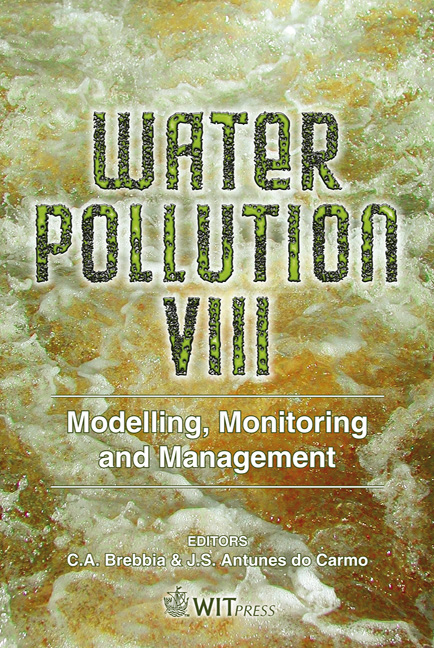Analysis Of The Convective Drying Of Residual Sludge: From The Experiment To The Simulation
Price
Free (open access)
Transaction
Volume
95
Pages
10
Published
2006
Size
624 kb
Paper DOI
10.2495/WP060451
Copyright
WIT Press
Author(s)
H. Amadou, C. Beck, R. Mose, C. Vasile, A.-G. Sadowski & J.-B. Poulet
Abstract
The drying of residual sludge is a current environmental problem not sufficiently described in the literature, hence research investigations on this drying process are required. Sun drying sludge whilst covered is becoming increasingly attractive for small and medium sized wastewater treatment plants. The control of the quality of the dry product is becoming more and more necessary in order to ensure effectivity. Then new mathematical models should integer these requirements and consider the phenomena of shrinkage. This work gives a mathematical formulation of the different transfer phenomena (heat, mass), which describe the process. The model tries to be relatively simple but sufficiently complete in order to predict and analyze the distribution of temperature, and the moisture during the process. The developed nonlinear differential equations were solved by the classical fourth-order Runge-Kutta method. A validation of these results is achieved by the comparison of the numerical and experimental data. Keywords: residual urban sludge, drying kinetics, forced convection, numerical simulation, mass and heat transfer. 1 Introduction The treatment of effluent from industrial and domestic activities generates large amounts of activated sludge. Due to environmental and economic considerations, the reduction and reuse of this waste are nowadays needed. Many types of processing equipment (filters, centrifuges, dryers, incinerators, etc.) [1] are used. Mechanical solid – liquid separation devices such as filters or centrifuges are not
Keywords
residual urban sludge, drying kinetics, forced convection, numerical simulation, mass and heat transfer.





